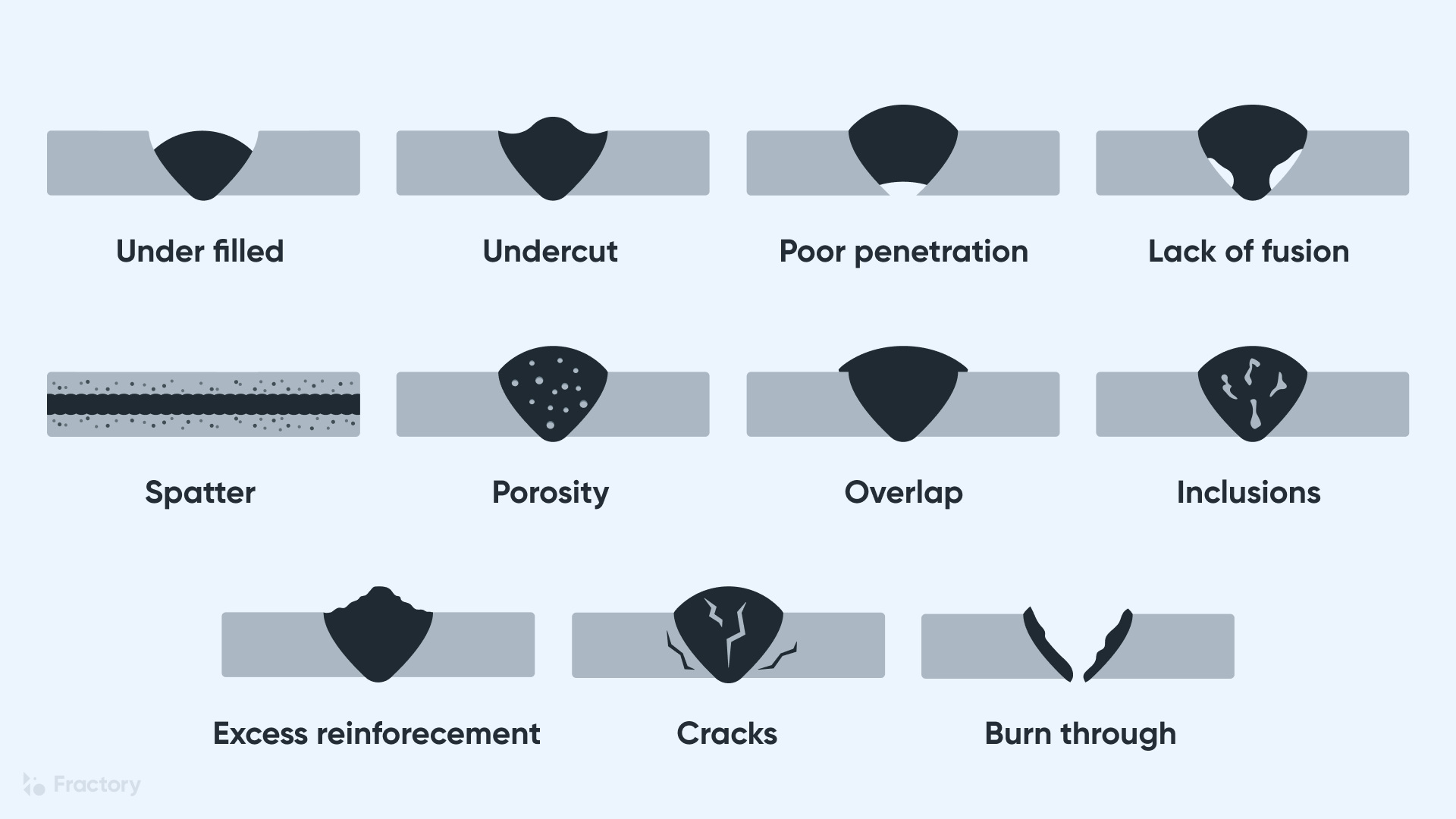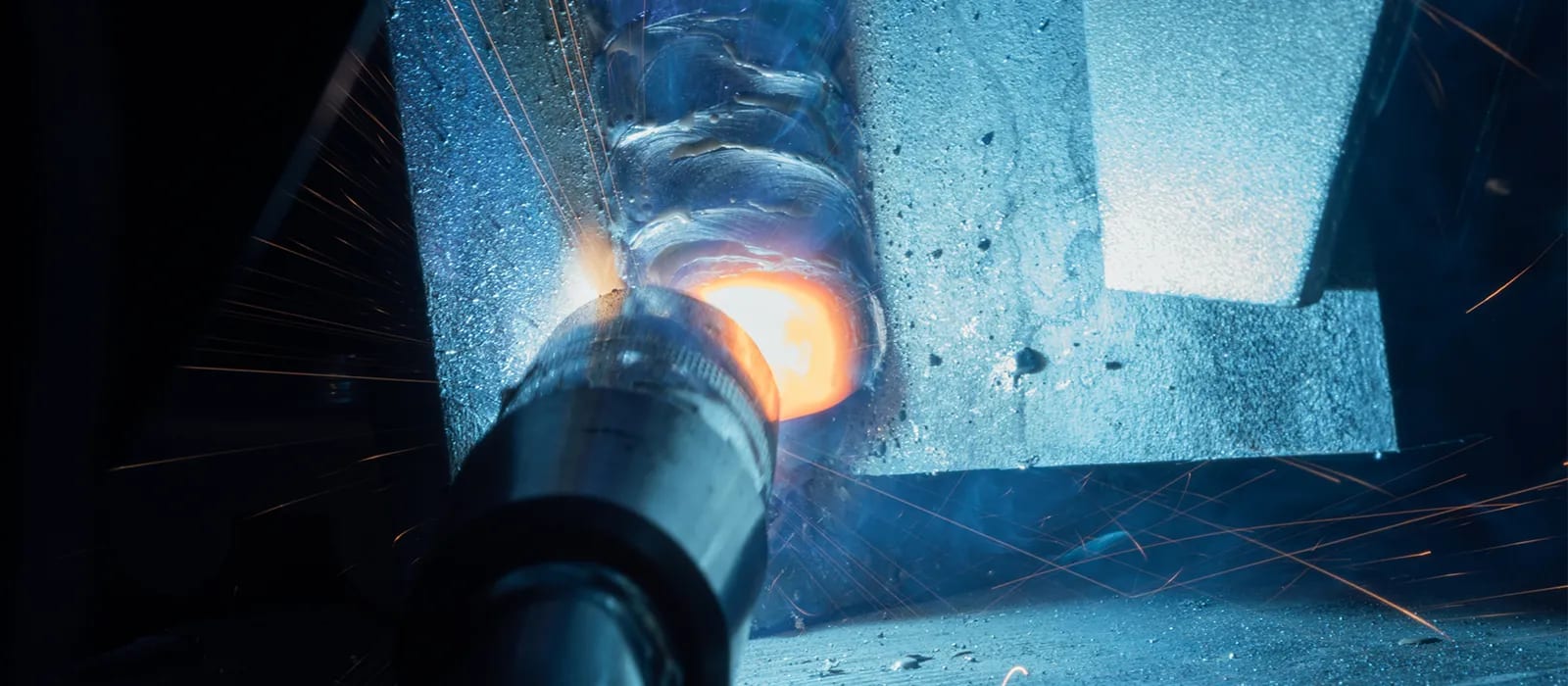Recognizing What is Porosity in Welding: Reasons and Solutions
Wiki Article
Recognizing Porosity in Welding: Exploring Reasons, Effects, and Prevention Strategies
Porosity in welding is a persistent obstacle that can significantly influence the high quality and integrity of welds. As experts in the welding market are aware, comprehending the causes, effects, and prevention methods connected to porosity is vital for achieving robust and dependable welds. By diving into the source of porosity, analyzing its damaging impacts on weld quality, and discovering reliable prevention strategies, welders can boost their expertise and abilities to create top quality welds constantly. The intricate interplay of elements adding to porosity calls for a detailed understanding and a proactive approach to make certain effective welding outcomes.Usual Root Causes Of Porosity
Porosity in welding is mainly triggered by a mix of factors such as contamination, inappropriate protecting, and insufficient gas coverage throughout the welding process. Contamination, in the kind of dust, oil, or corrosion on the welding surface area, develops gas pockets when warmed, causing porosity in the weld. Improper protecting takes place when the shielding gas, commonly utilized in processes like MIG and TIG welding, is incapable to totally shield the molten weld swimming pool from responding with the bordering air, leading to gas entrapment and succeeding porosity. Furthermore, inadequate gas protection, typically as a result of wrong flow rates or nozzle positioning, can leave components of the weld unguarded, allowing porosity to develop. These variables jointly add to the formation of gaps within the weld, damaging its integrity and possibly creating structural issues. Recognizing and attending to these typical causes are important action in stopping porosity and making certain the top quality and toughness of welded joints.Effects on Weld Top Quality
The presence of porosity in a weld can dramatically endanger the general high quality and integrity of the welded joint. Porosity within a weld develops spaces or tooth cavities that weaken the structure, making it extra vulnerable to cracking, rust, and mechanical failure. These spaces function as stress and anxiety concentrators, reducing the load-bearing ability of the weld and raising the probability of early failing under used anxiety. On top of that, porosity can also work as possible sites for hydrogen entrapment, more intensifying the degradation of the weld's mechanical residential properties.Furthermore, porosity can hinder the efficiency of non-destructive screening (NDT) techniques, making it challenging to discover various other problems or interruptions within the weld. This can result in significant security issues, especially in crucial applications where the structural honesty of the bonded parts is paramount.

Avoidance Techniques Introduction
Offered the harmful effect of porosity on weld high quality, reliable avoidance techniques are important to preserving the structural integrity of bonded joints. One of the main prevention techniques is thorough cleansing of the base materials before welding. Impurities such as oil, grease, rust, and moisture can contribute to porosity, so ensuring a tidy job surface area is important. Proper storage space of welding consumables in completely dry problems is likewise critical to stop wetness absorption, which can lead to gas entrapment during welding. In addition, choosing the ideal Bonuses welding criteria, such as voltage, current, and travel rate, can help lessen the threat of porosity explanation formation. Making sure ample protecting gas circulation and coverage is one more essential prevention method, as insufficient gas insurance coverage can result in atmospheric contamination and porosity. Lastly, correct welder training and accreditation are essential for carrying out safety nets efficiently and continually. By integrating these prevention methods right into welding practices, the incident of porosity can be substantially minimized, leading to more powerful and more dependable welded joints.Value of Correct Protecting
Correct shielding in welding plays an important function in protecting against atmospheric contamination and making certain the honesty of bonded joints. Shielding gases, such as argon, helium, or a mix of both, are commonly made use of to secure the weld pool from reacting with elements airborne Discover More Here like oxygen and nitrogen. When these reactive elements come right into call with the warm weld pool, they can trigger porosity, resulting in weak welds with minimized mechanical residential properties.
Poor protecting can cause numerous problems like porosity, spatter, and oxidation, compromising the architectural honesty of the welded joint. Consequently, sticking to proper protecting techniques is crucial to produce top notch welds with marginal issues and make certain the durability and integrity of the welded elements (What is Porosity).
Monitoring and Control Methods
Exactly how can welders efficiently keep an eye on and control the welding process to ensure optimal results and stop defects like porosity? One key technique is through the use of innovative surveillance technologies. These can include real-time tracking systems that supply feedback on parameters such as voltage, current, travel rate, and gas circulation rates. By continuously keeping an eye on these variables, welders can identify inconsistencies from the ideal conditions and make instant changes to protect against porosity development.
Additionally, applying appropriate training programs for welders is important for keeping an eye on and managing the welding process effectively. What is Porosity. Informing welders on the importance of preserving regular criteria, such as appropriate gas securing and travel speed, can help protect against porosity problems. Normal analyses and qualifications can also make certain that welders are proficient in monitoring and regulating welding procedures
Furthermore, the use of automated welding systems can improve monitoring and control capabilities. These systems can exactly manage welding criteria, decreasing the possibility of human error and making sure regular weld top quality. By integrating innovative monitoring technologies, training programs, and automated systems, welders can properly keep track of and manage the welding procedure to lessen porosity defects and attain high-quality welds.
Conclusion

Report this wiki page